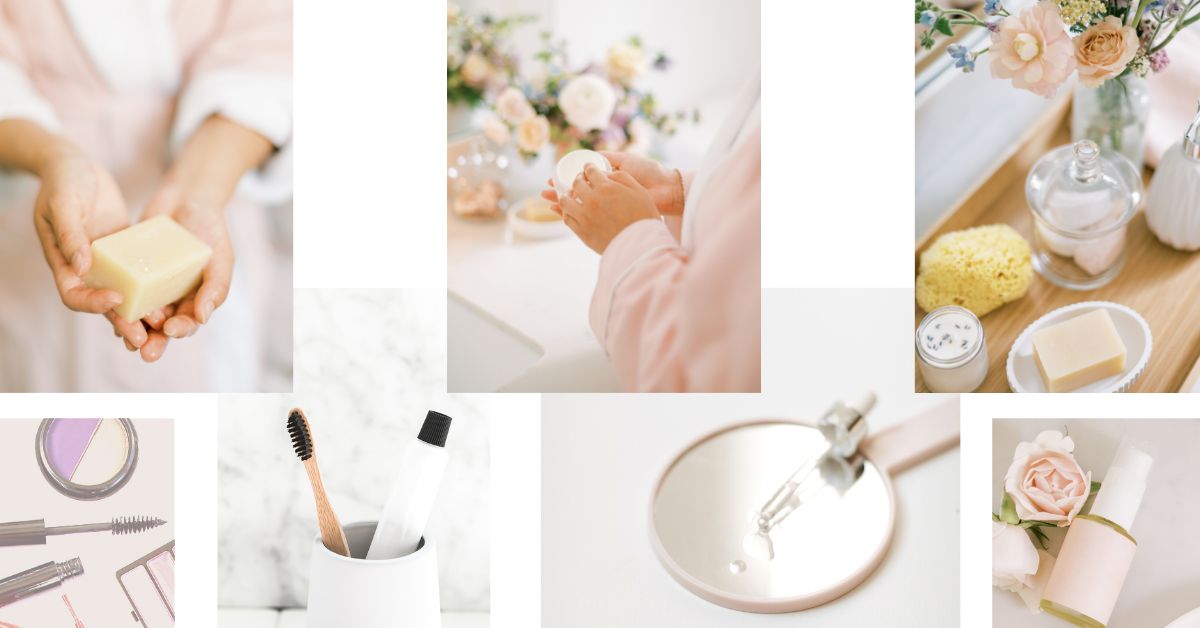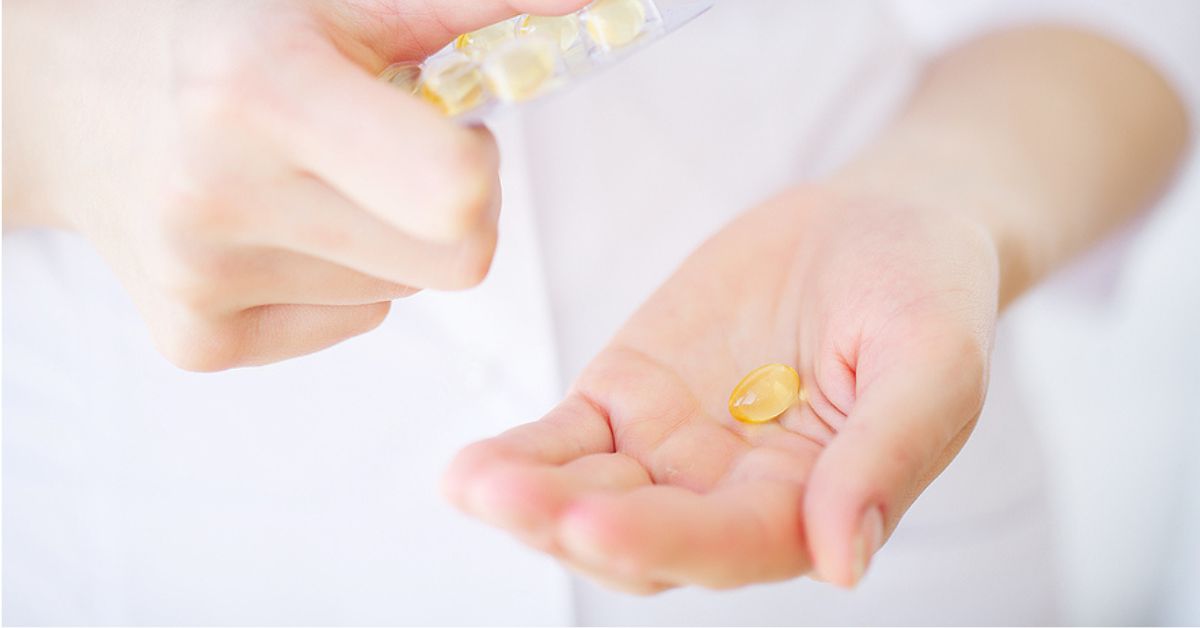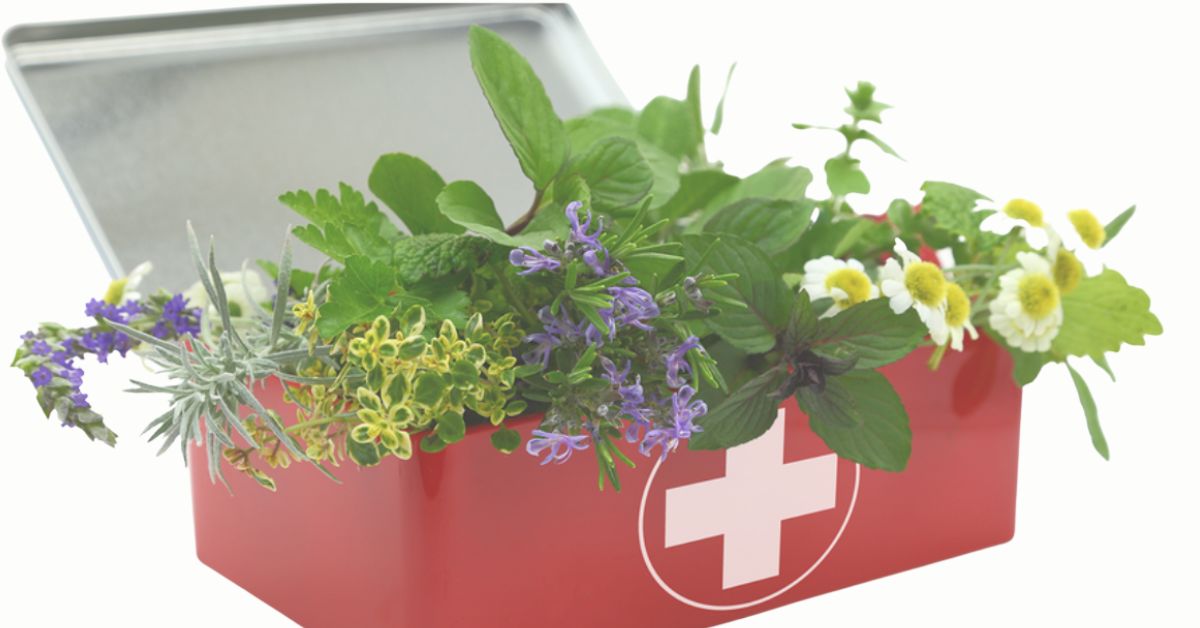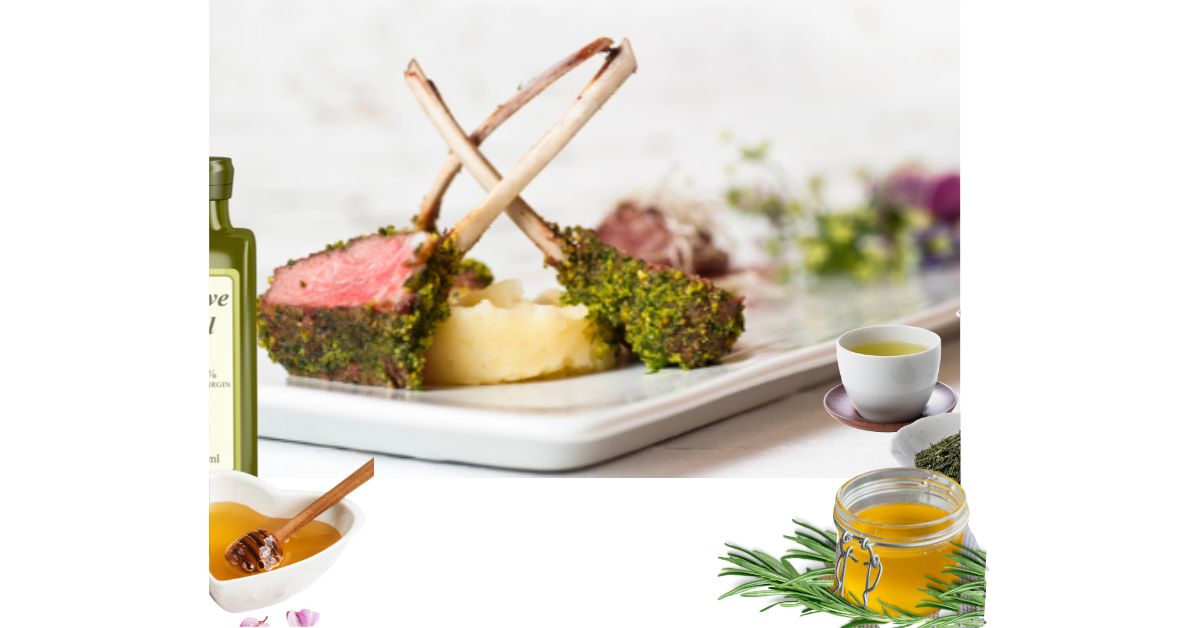How to Avoid Nail Polish Toxins: 2 Brands I Tried. The 1 I’m Using.
To avoid nail polish toxicity, I’ve done a ton of research. Here is what I have to share.
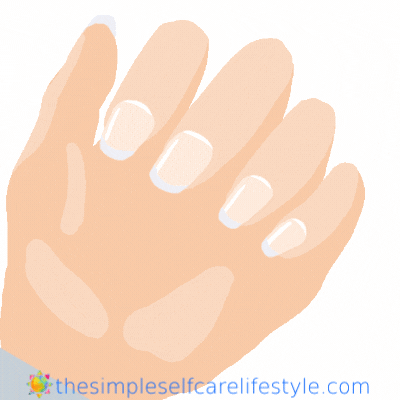
3-FREE was a huge win when it came to reducing toxins in nail polish.
The ‘toxic trio’ many removed:
- toluene,
- dibutyl phthalate (DBP) and
- formaldehyde
Unfortunately, 3- free, 6 free, even 16 free doesn’t mean toxic-free.
If you are working to Optimize your body, and are working hard to achieve a specific goal, consider making a simple self care swap to Non-toxic nail polish.
Avoiding the toxins your nail polish places into your bloodstream can be extremely supportive to your body.
2 Brands I tried, the one I’m still using, and why.
A bottle of my nail polish cracked and the fumes were so strong it got me thinking there is NO way this is not toxic. I was right.
Today How to avoid nail polish toxicity and why
- How something called regrettable substitution makes avoiding nail polish toxicity more confusing.
- Look beyond the marketing label. Focus on the list of ingredients IN the nail polish instead.
- The 2 brands I tried first, why, and the one I am still using.
Regrettable substitutions make avoiding nail polish toxins more confusing if not impossible.
The reason it is close to impossible to figure out which nail polishes are safe is something called– regrettable substitution.
“Regrettable substitution is when one chemical is banned, only to be replaced with another chemical just as harmful, or potentially worse” 1 (color added)
Advertisers can make claims that are true like: 3 FREE, 6 FREE, 10 FREE… and at the same time leave out the fact that the substitutions have health risks and at times these substitutions regrettably can be worse for our wellness and health!
Top that off with the fact that- 🔗 “none of the claims of ‘Non-toxic’ ‘Natural’ or ‘Safe’ need premarket approval in the nail polish industry“.2
“Regrettable substitution can occur because the U.S. lacks a regulatory structure to motivate proactive consideration of health risks of replacement chemicals”2
Avoiding nail polish toxicity became more confusing than ever
As I read through the plethora of articles claiming the best or least toxic nail polishes it became more confusing than ever. That’s when I knew it was time to hunker down, read the research available and figure out the simplest way to find the safest nail polish.
After spending the entire month reading what’s out there it seemed like the same claims were being regurgitated in blogs. I still didn’t know for certain which nail polishes would be safe.
I moved from looking at what ingredients were left out to focusing on what ingredients were IN the nail polish.
LOOK at the ingredients IN the Nail Polish.
I created a list of the typical ingredients I was finding in the polishes labeled as x-FREE or non-toxic/natural. I looked at the personal care councils CIR (Cosmetic Ingredient Review) first to see which ingredients were on which lists. Safe, unsafe, Safe for type of use etc. then
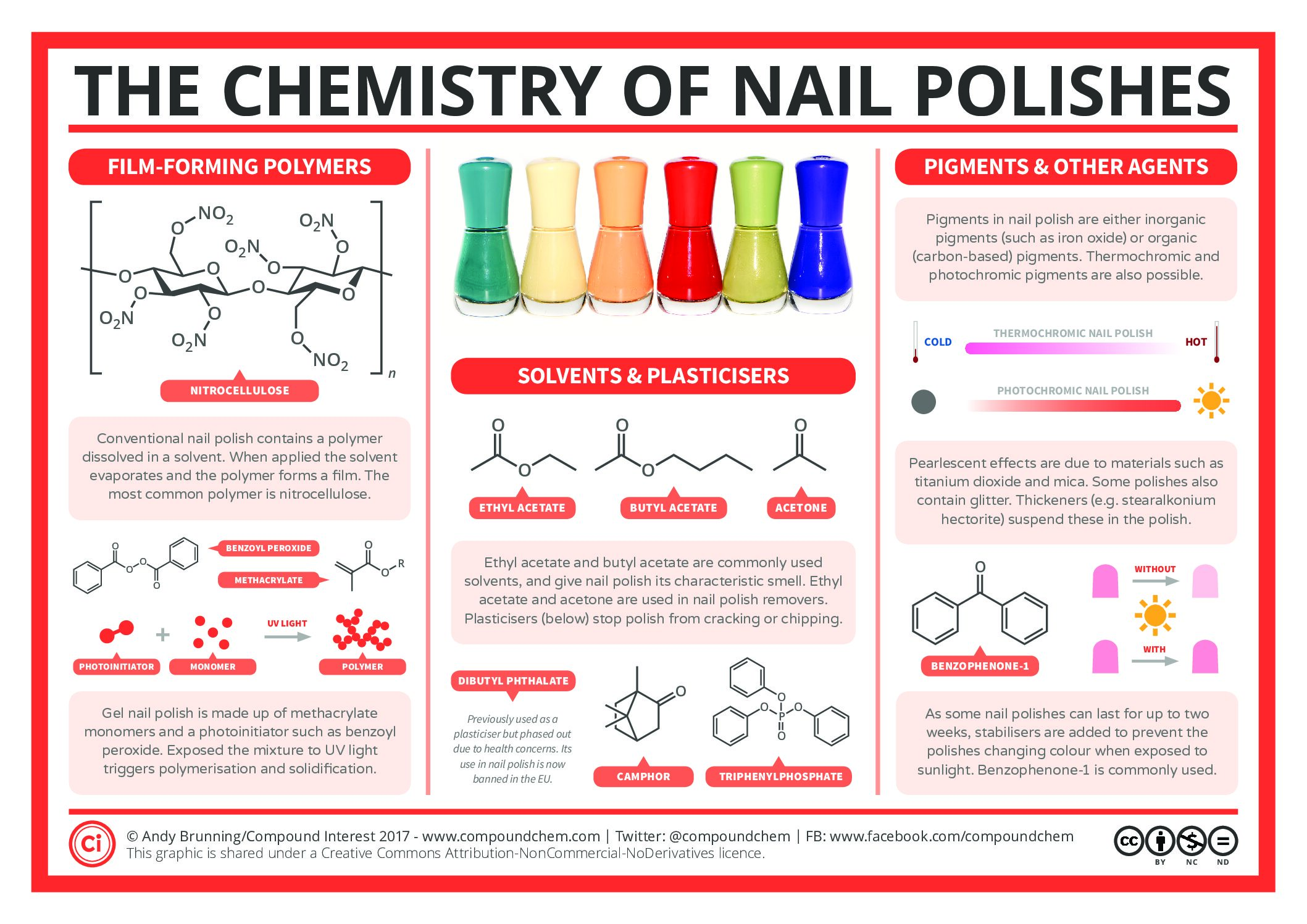
This graphic is licensed under a Creative Commons Attribution-NonCommercial-NoDerivatives 4.0 International License: Andy Brunning
I pulled up research articles on the various chemicals. (I’ve listed some of the research at the end) One of the things I found was this great Chemistry of Nail Polishes infographic.
Lastly, I searched the EWG (Environmental Working Group) data on its SKIN DEEP pages under Nails.
Let me tell you I was stymied
I was baffled by what was in the nail polish I was presently using. Both brands were touted as EXCELLENT, being 6 ‘free’ and 10 ‘free’.
The best rating of the 2 nail polish brands I have been using was a 5. The other a 6!
That’s out of a 10 scale. 1 being the best 10 the worst.
Cosmetics/shampoos etc that I use are 2 and under. Over 2 and I’m looking for an alternative.
And what REALLY blew me away- look at the use restrictions category. BOTH nail polish brands I use in the red!
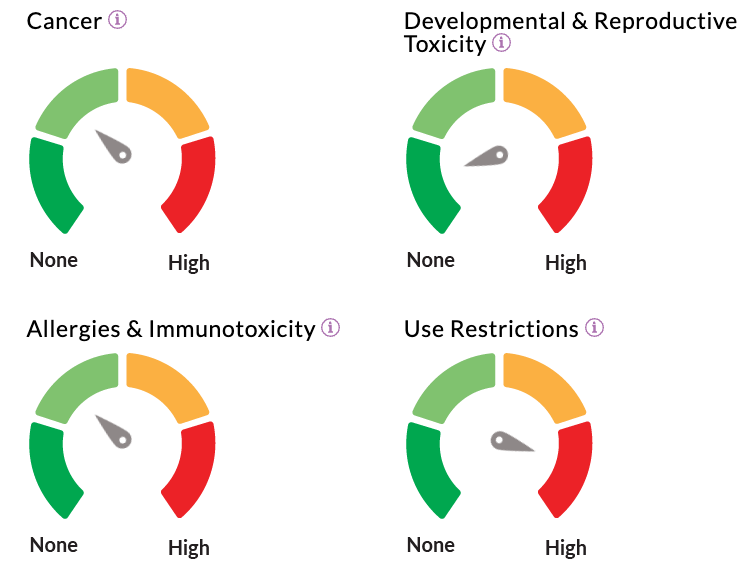
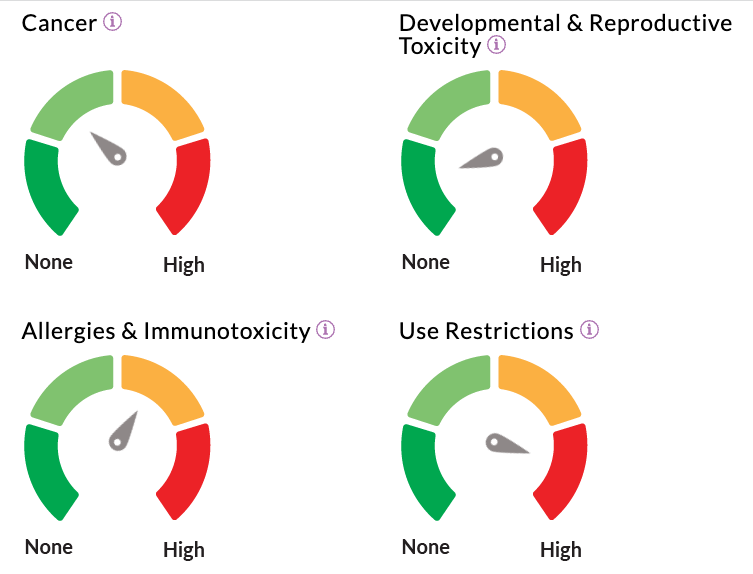
This was greatly disappointing – yet not surprising. The ingredients are not listed on the bottle. I know they did not come in a box. Until I looked them up online and read through the ingredients I was fully under the impression they were a safe choice and yet the Use Restriction for both were in the RED!

3 free, 5 free, 10 free even 16 free… can literally be undone due to regrettable substitutions.
Here I was feeling pleased about the improvements nail polish products are making. Each year removing a longer list of ‘known’ toxins only to find out going ‘greener’ ‘cleaner” with 3 then 5, free, 10 free even 16 free… can literally be undone due to regrettable substitutions.
All my nail polish went into the garbage immediately! (and then I took them out and placed them with the paint cans we will properly bring to the dump.)
In the article The Continual Regrettable Substitution of Nail Polish Ingredients from Harvard Public Health 🔗 If you have high interest in the subject it is a good read> there are 2 quotes I’d like to bring to your attention:
1 -is an example specific how “greener’ or “cleaner” nail polish falsely leads us to assume we will avoid nail polish toxicity:
“Recent progress from “3-Free” to “10-Free” labels seems both hair-raising (why were those toxic chemicals in the products in the first place?) and promising (toxic chemicals have been removed!). But the evolving labels may provide false reassurances in some instances. Instead of the “Toxic Trio” plasticizer dibutyl phthalate, many nail polishes now contain an alternative plasticizer, triphenyl phosphate, which also has reproductive toxicity concerns.
2- Todays Safe- Nontoxic-Natural labels are misleading.
“Nail salon employees and consumers (and even us researchers!) typically don’t understand all the chemicals listed on ingredient labels. Instead, many health-conscious nail polish purchasers look to marketing labels. “Safe,” “Natural,” and “Non-Toxic” labels exude safety reassurance and trustworthiness” but they are misleading.
The conclusion I came to-
The SIMPLEST and safest way to avoid toxins in nail polish is to look at what is IN the nail polish instead of relying on the marketing label that lists what was left out.
Like when choosing what we eat. Labels on the front of the package can be misleading so we look at the complete ingredients list.

Looking at the list of ingredients of the Non-toxic ‘Safe’ Polishes turned out to be murky.
Take a look at this ‘clean’ list on a nail polish label. They are actually clean. But if you did not research each one it’d be hard to know. This was still not the product choice for me.

For weeks I kept searching.
I kept going back and combing through the hundreds of posted articles that listed their *Best non-toxic nail polishes or proclaimed the complete buying guides to the best non-toxic nail polish brands.
I literally went through their lists only to find the brands repeatedly came up short because of regrettable substitutions in their non-toxic- natural-safe ‘clean’ nail polish products.
The more time I spent researching the more I was convinced it was a good use of my time especially when I read the 2019 Duke study pointing out that the (TPHP), one of the substituted chemicals I pointed out at the beginning, was measured in urine samples and found to increase nearly seven-fold 10-14h after fingernail painting. That’s not guessing anymore. The chemical is getting into bodies.
So while “Nail polish manufacturers began phasing out three toxic chemicals in the early 2000s—dibutyl phthalate (DnBP), toluene, and formaldehyde—and labeling their polishes as “3-free.” Researchers found that some of the polishes contained a chemical called triphenyl phosphate (TPHP), which is commonly swapped for DnBP… .“They also found that some products contained didiethylhexyl phthalate (DEHP), a hormone-disrupting chemical and possible carcinogen.”3
And get this:
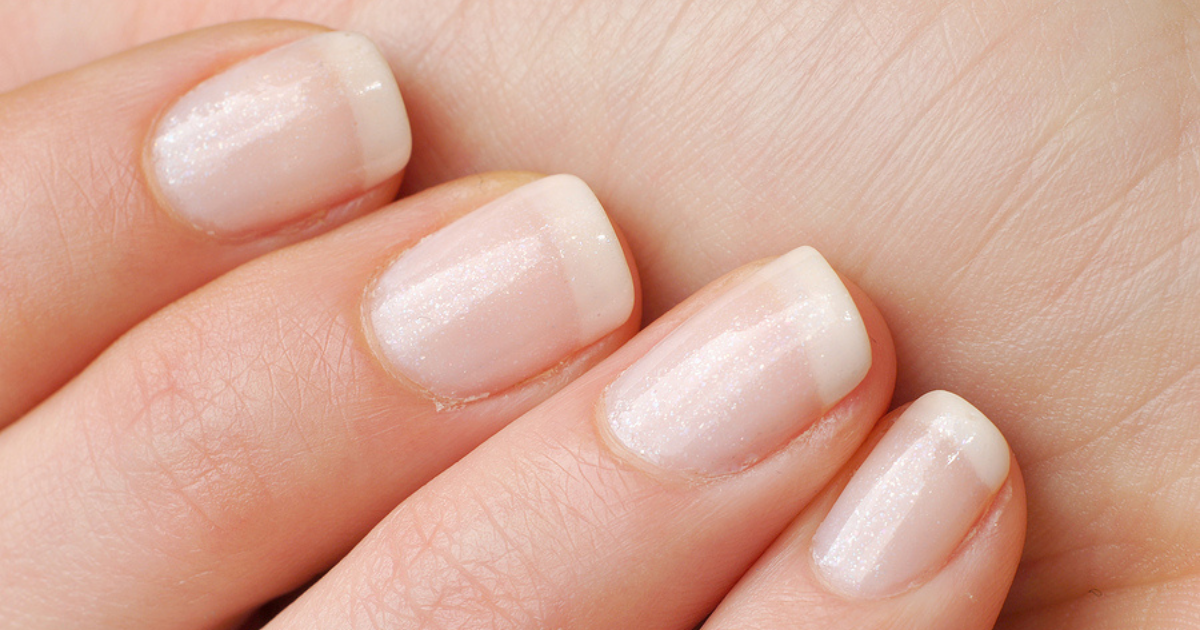
“Clear polishes generally contained more TPHP than colored polishes.” making them more toxic.”
(2)
After all the research, I chose the first 2 Brands I would try in my plight to avoid nail polish toxicity.
I found and tried 2 brands that have the LEAST number of ingredients first.
Brand 1
Piggy Paint: This is the absolute lowest EWG scores of a 1 and 2. All 4 EWG categories are in the green. Not sure how it will work but I have ordered the clear and red- Knowing clear can be more toxic than colored. I chose Piggy Paints Clear.
Piggy Paints Complete ingredient list: Water, acrylates copolymer, neem oil.
For colors added ingredients may include: May contain (depending on shade): ultramarines, iron oxide, titanium dioxide, mica, red 28, red 34, red 22, red 7, yellow 10, violet 2, zinc sulfide/copper, chrome green, orange 5.
NOTE: This is a Water-based nail polish. It uses water as a base instead of oil or some other type of chemical solvent. I am going to assume it will not be durable but we will find out.
UPDATE
UPDATE: I used clear and pink. Because I use my hands so much, it lasted for 2 days max. Both were fine for my feet, though. This is probably best for kids – as it is intended to be. It is GREAT to have such a low-toxin option for young people. They have a ton of colors kids would certainly like as well.
They are listed on EWG and rated as 1 sometimes 2. (1 being best rating 10 worst)

Brand 2
Kapa Nui

I tried the KAPA NUI as a system. I’ve contacted them, and they explained that their nail polish only removes with their remover. And the nail polish works best when using their base/top coat.
Kapa Nui Complete ingredient list for colored Nail polishes: Water, acrylates copolymer. (may contain red and/or violet lakes, ultramarine blue, and/or titanium, chromium, and iron oxides) .
Base/Top Coat: 1-methoxy-2-propanol
NOTE: This is again a Water-based nail polish.
UPDATE: To Avoid Nail Polish Toxicity I’ve Continued Using The Kapa Nui
This one I am still using. The solid colors appear thick, almost like you are wearing a gel.
They are NOT kidding when they say to remove it you must use their product remover.
I like the lighter colors they came out with and the clear. The ‘system’ does last on my toes for a good couple of weeks my hands (again I am doing a ton with my hands) I can get 4 days, maybe a week if I’m willing to live with a bit of peeling.
Peeling is often how I take the polish off of my hands. This is because when a small edge comes up I can peel it off.
This is probably not a bad thing. The product is obviously not aggressively soaking into my nail bed.
For me this works. Knowing it is NON Toxic and that is I want to peel the polish off and put a new color on without the remover I can.
To avoid nail polish toxicity this is my choice
I like it enough- again avoiding nail polish toxicity is my TOP priority- So I like it enough that if not having the Nail Polish toxins absorb into your bloodstream is also a top priority for you I’d say this is your best option.
They are listed on EWG and rated as 1 sometimes 2. (1 being best rating 10 worst)
Now what surprised me and made me contact them was the Use Restrictions being in the red. It is how they received the 2 rating.
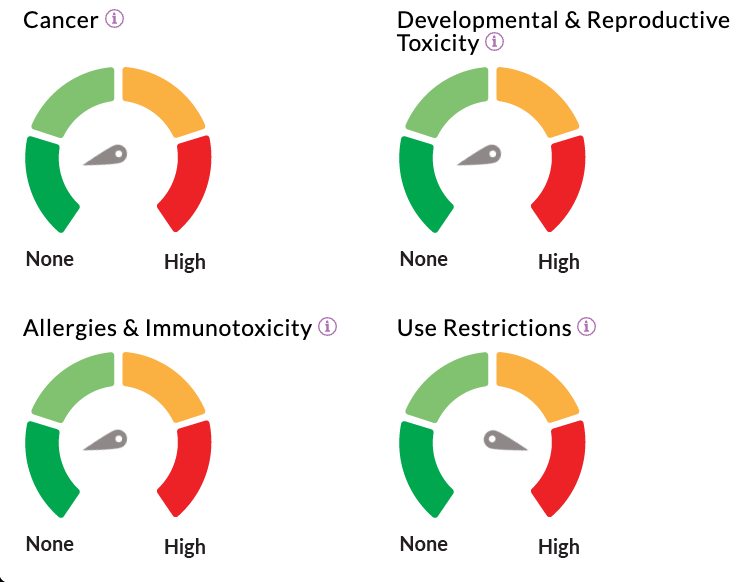
I decided to look at the ingredient breakdown of my old 10- Free polish and Kapa Nui to see if I still wanted to try it with the Use Restrictions. A definite eye opener.
Take a look at the difference in the number of ingredients alone!
First Kapa Nui

Nail polish toxicity overview of my old ’10-FREE’ polish:


I definitely know this was an important and good Simple Self Care swap for me to make! If you are looking to reduce your toxin exposure my hope is you will find the information helpful.
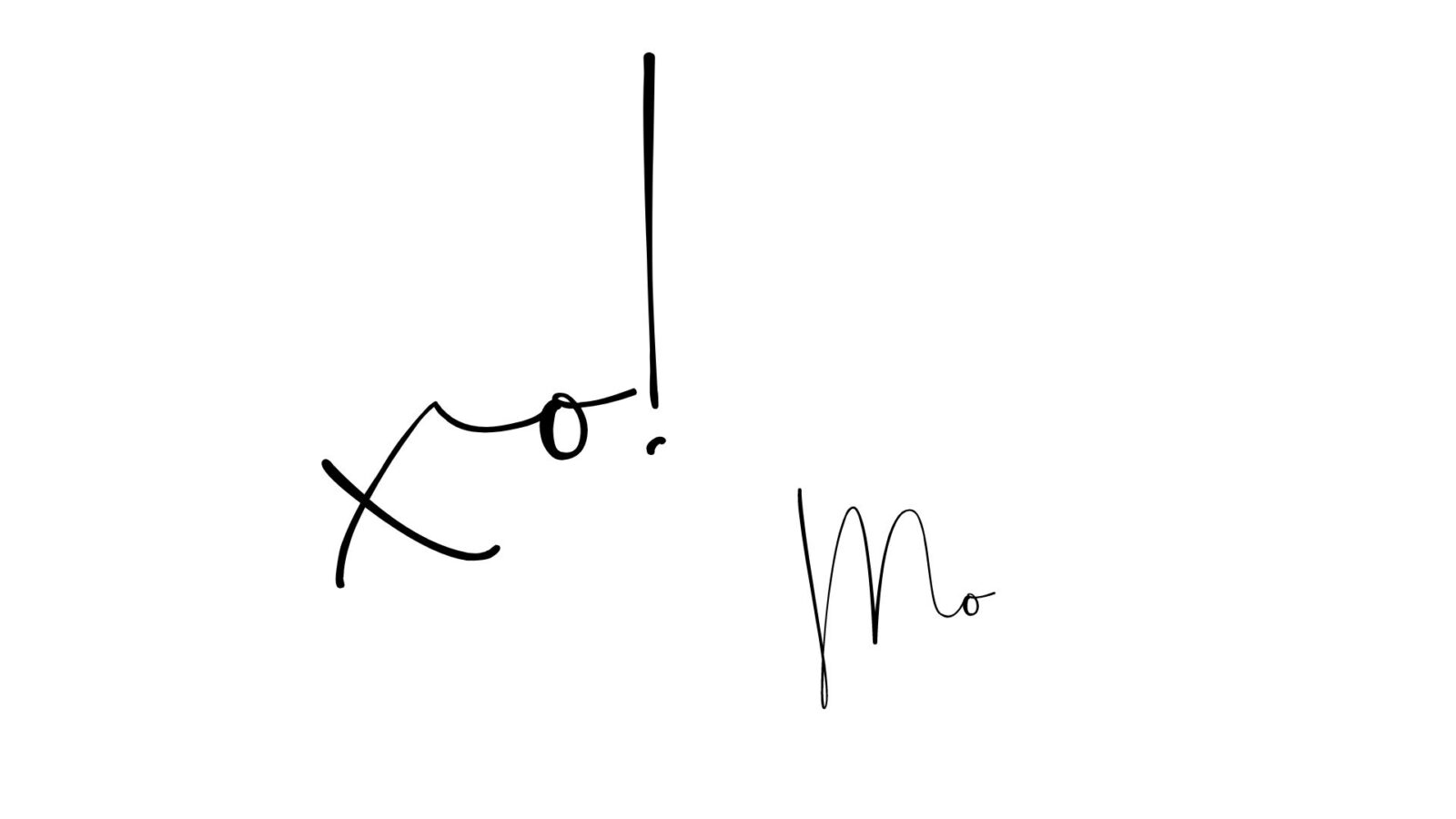
Post category
Reduce Toxins
Swap out everyday products
Post category
Healthy Home
Simple Swaps for Your Home
The Simple Self Care Lifestyle
THe simple self care lifestyle
Simplify
self care
Post categories


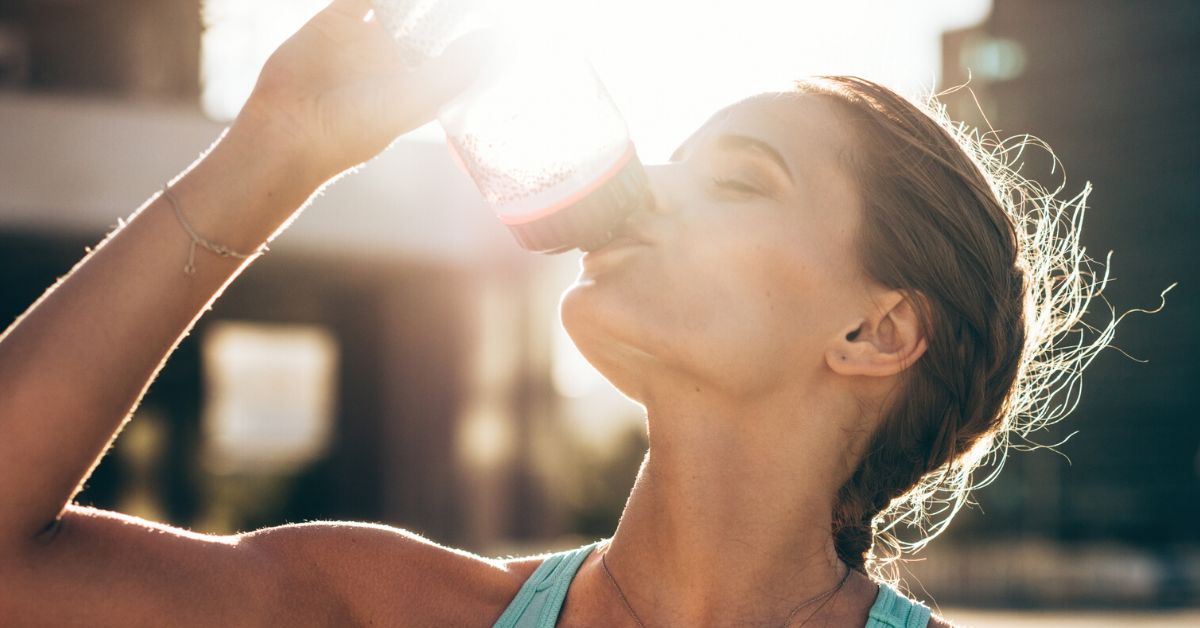
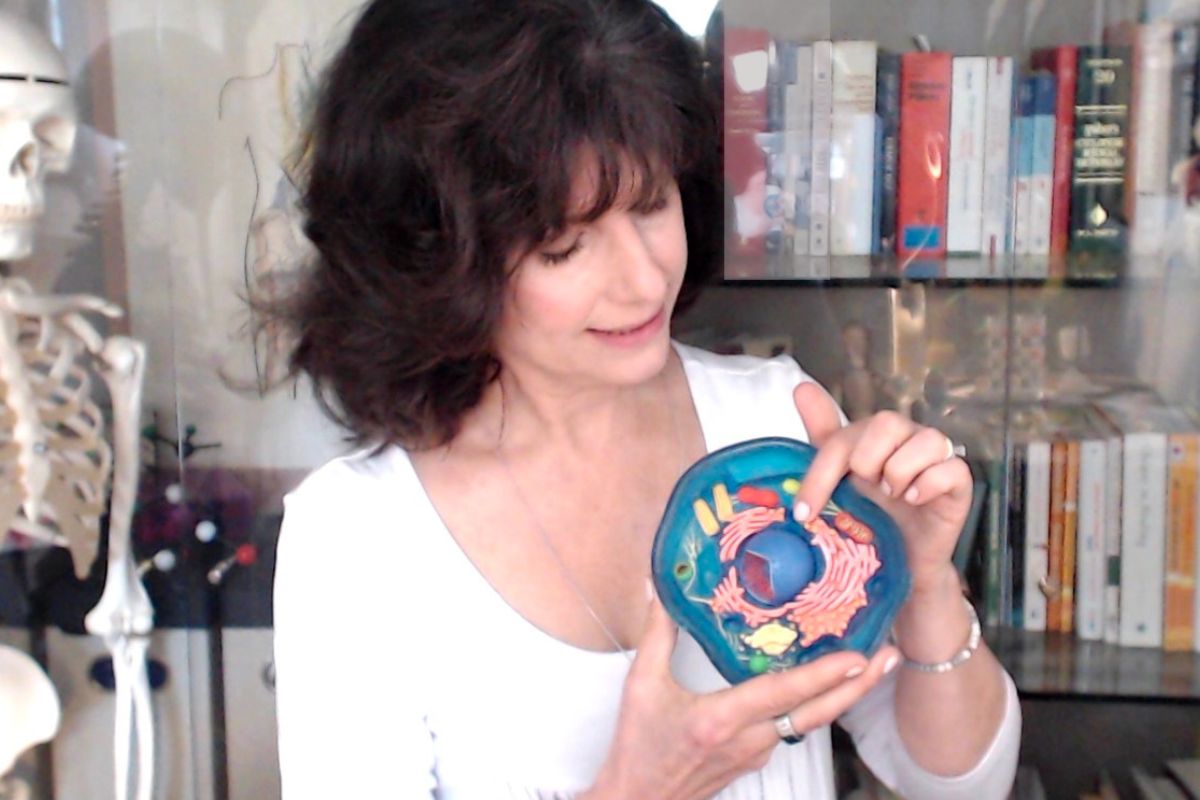

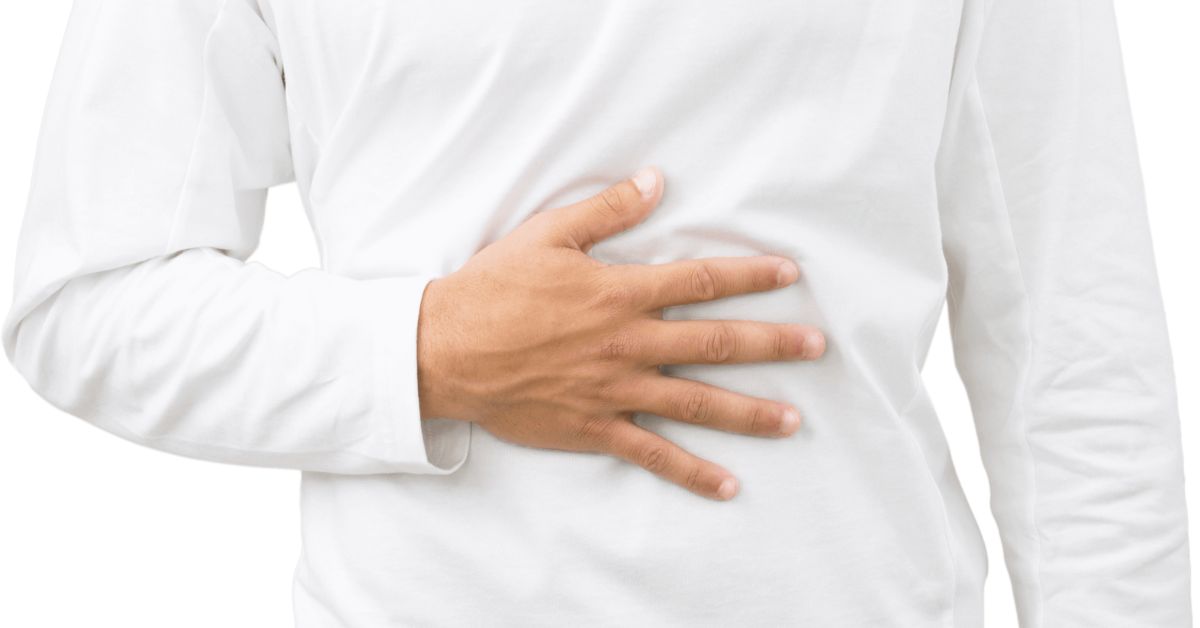

I’m glad you are here…
SHOP Products
Personal Products
Healthy Home
Quality Supplements
Things to Keep Handy
Quality Food Sources
Simple Self Care Programs

The Simple Self Care Lifestyle
MOtivator APP
References for you:
A FEW Common Chemicals in nail polish we should avoid:
Benzophenone and Benzophenone-1.
Benzophenone-1 and Octylphenol
Di-2-Ethylhexyl Phthalate (DEHP) and Di-N-Butyl Phthalate (DBP)
Shiota K.; Chou M. J.; Nishimura H. Embryotoxic Effects of Di-2-Ethylhexyl Phthalate (DEHP) and Di-N-Butyl Phthalate (DBP) in Mice. Environ. Res. 1980, 22 (1), 245–253. BP-1 was found to be mutagenic in the Ames test (Wang et al. 2018) and caused epithelial-mesenchymal transition (EMT) of BG-1 ovarian cancer cells (Shin, et al. 2016).
Phthalates
Resources:
Cosmetic Ingredient Review |. (n.d.). Retrieved February 26, 2022, from https://www.cir-safety.org/
(PDF) characterization of the physical factors affecting … (n.d.). Retrieved February 25, 2022, from Rubin CB, Brod B. Natural Does Not Mean Safe—The Dirt on Clean Beauty Products. JAMA Dermatol. 2019;155(12):1344–1345. doi:10.1001/jamadermatol.2019.272
Other 🌿 Posts You May Like







